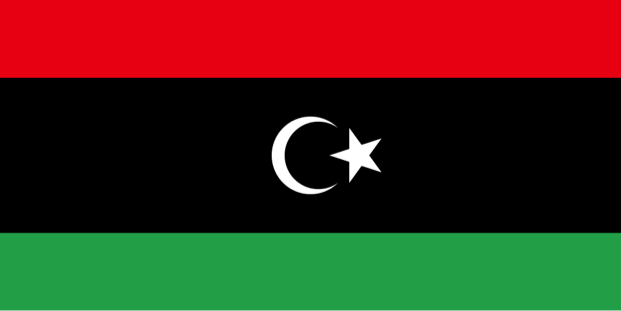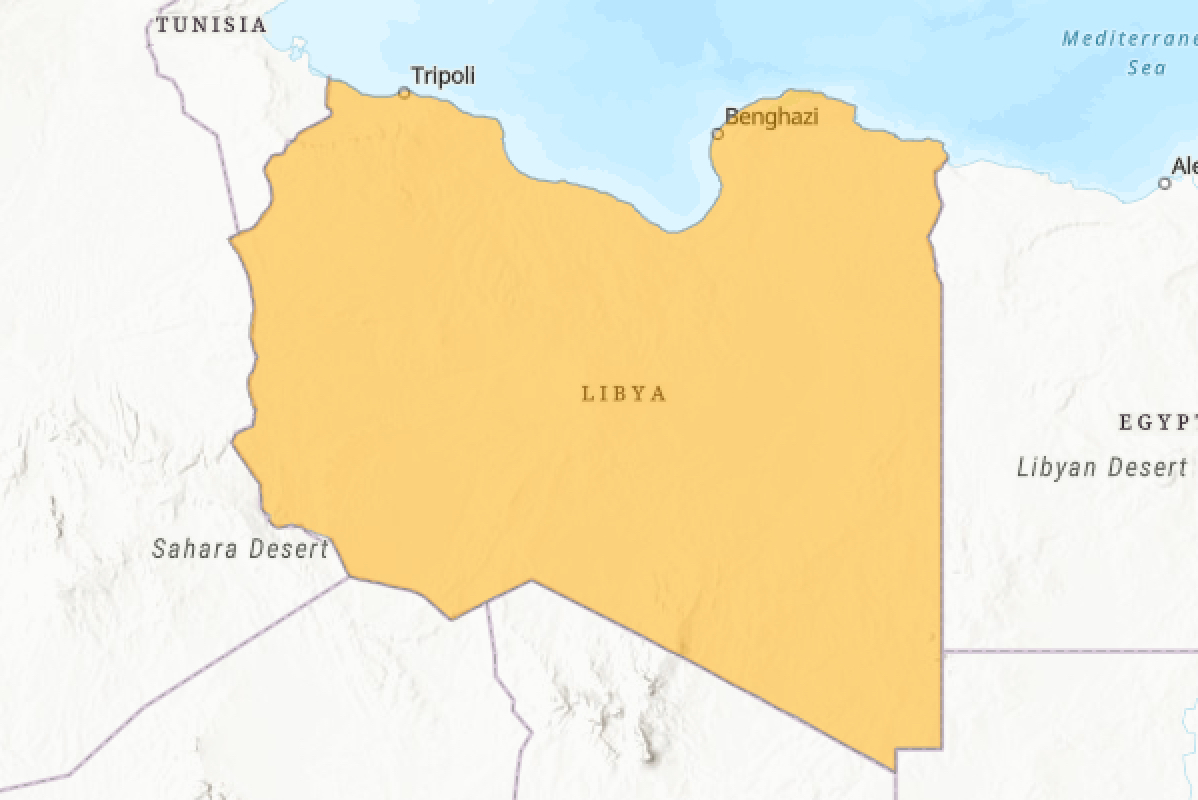Libya has experienced political unrest and armed violence since 2011, and has been involved in armed conflicts against a myriad of armed groups since 2014.1 The political and security situation remains very unstable. Due to this ongoing armed violence, it is extremely difficult to implement ammunition management policies in the country. Libya suffers from very high levels of weapons and ammunition trafficking,2 and landmine and unexploded ordnance contamination.3
The African Union, the UN Mine Action Service (UNMAS), the Small Arms Survey, and the Bonn International Centre for Conflict Studies (BICC) are working on the ground to support the through-life management of ammunition, in collaboration with the UN Support Mission in Libya (UNSMIL). Efforts have included disposing of ammunition and explosive remnants of war, providing technical advice, completing the construction of a missile fuel storage site, training police forces in physical security and stockpile management, and translating key physical security and stockpile management documents into Arabic for wider diffusion in Libya.4
1 “Libya: A Short Guide to the Conflict,” Rule of Law in Armed Conflicts Project (RULAC), Geneva Academy of International Humanitarian Law and Human Rights, accessed June 24, 2022, https://www.rulac.org/publications/libya-a-short-guide-to-the-conflict; “Libya,” RULAC, Geneva Academy of International Humanitarian Law and Human Rights, updated February 15, 2018, https://www.rulac.org/browse/countries/libya#collapse1accord.
2 Philip Alpers and Miles Lovell, Libya – Gun Facts, Figures and the Law (GunPolicy.org, Sydney School of Public Health, University of Sydney, 2022), https://www.gunpolicy.org/firearms/region/libya.
3 “Libya: Impact,” Landmine & Cluster Munition Monitor, March 26, 2021, http://www.the-monitor.org/en-gb/reports/2021/libya/impact.aspx.
4 “Ammunition Management Activity Platform (A-MAP),” GICHD, 2022, https://a-map.gichd.org.
Launch the country dashboard
Further information
Accidental explosions
Since the Small Arms Survey began collecting data in 1979, numerous accidental explosions have been reported in Libya.
Table 1. Accidental explosions in Libya (1979–2021)
| Year | Location | Owner/manager | Deaths | Injuries |
2020 | Tripoli | Non-state (actor) | N/A | N/A |
2016 | Garabulli | Non-state (actor) | 30 | 24 |
2013 | Brak al-Chati | State (military) | 40 | N/A |
2013 | Brak al-Chati | State (military) | 10 | 4 |
2012 | Ad Dafiniya | Non-state (actor) | 1 | 1 |
2012 | Sirte | Non-state (actor) | 7 | N/A |
2011 | Ar-Rajma | Non-state (actor) | 27 | 20 |
2011 | Benghazi | Non-state (actor) | 0 | 0 |
2011 | Tripoli | State (military) | N/A | N/A |
2011 | Tripoli | N/A | 10 | N/A |
Source: “Unplanned Explosions at Munitions Sites (UEMS) Database,” Small Arms Survey, updated December 15, 2021, https://smallarmssurvey.org/database/unplanned-explosions-munitions-sites-uems.
Cases of diversion
Several cases of diversion have been reported since 2012 in Libya.
Table 2. Cases of diversion of arms, ammunition and explosives in Libya since 2012
| Year | Location | Description |
2015 | Sirte | A Polish Kbk-AKMS rifle was seized in Sirte. According to analyses, it is likely to have come from Libyan military stockpiles. |
2014 | N/A | Belgian- and French-manufactured 60 mm and 81 mm mortar rounds were found in Sebha, Libya. According to analyses, they are likely to have come from former Libyan stockpiles. |
2012 | N/A | The cargo ship Letfallah II was intercepted in Lebanon. Various weapons and ammunition from the former Libyan government stockpiles were found, including Russian-manufactured SA-24 surface-to-air missiles and 7.62 x 54R mm calibre rifles. |
Source: Conflict Armament Research, Diversion Digest: A Case for Tracing (London: Conflict Armament Research, 2020), https://www.conflictarm.com/digests/diversion-digest-issue-3/; Conflict Armament Research, Investigating Cross-border Weapon Transfers in the Sahel (London: Conflict Armament Research, 2016), https://www.conflictarm.com/reports/investigating-cross-border-weapon-transfers-in-the-sahel/.
Disposal
Insufficient information on the disposal of ammunition in Libya.
Needs
No needs have been reported for Libya.
Source: Libya, National Report on the Implementation of the Programme of Action on Small Arms and Light Weapons (PoA) and the International Tracing Instrument (ITI) (New York: Permanent Mission of Libya to the UN, 2010), https://unoda-poa.s3.amazonaws.com/poa-reports-le/2010%40112%40PoA-Lybia-2010-E.doc.



